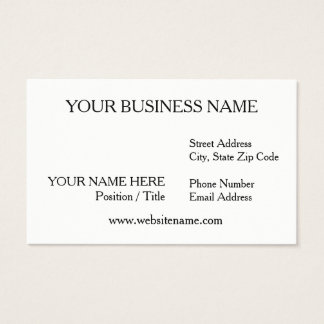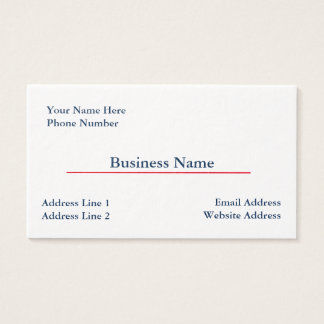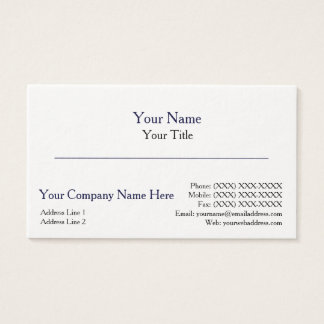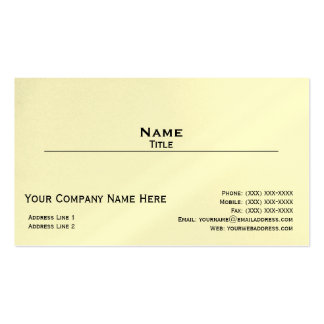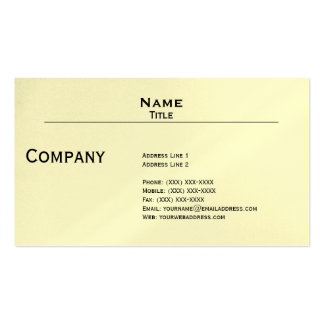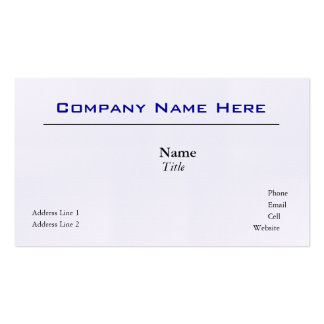Many brands fail to capitalize on either site because they don’t understand how to leverage the platforms in a beneficial way. Some brands don’t even understand how the two platforms differ from on another let alone how to woo their target consumers.
Let’s quell your social angst, branch out into new digital territory, and discover which visual platform is the right one for your marketing domination.
Pinterest versus Instagram: Definitions and Explorations
What do Instagram and Pinterest have in common? They encourage social interaction through visual shares. That’s pretty much where the similarities end.
Instagram has become famous for its filters. Users snap a picture, and with the tap of the screen can apply all sorts of effects and digital enhancements. Instagram is also a predominantly mobile platform which makes it exceedingly popular among younger generations. In fact, more than half of Instagram users are under the age of 30. Instagram is all about the users and their lives; an authentic and personal look into their worlds through pictures, videos, GIFs and more.
Pinterest users share ideas through visual content to create “boards” which can ultimately tell a story. Participants can upload, save, sort and mange everything from images to videos, infographics, illustrations and more. With Pinterest, most of the images are not personal, they’re pictures found online. This is essentially a means to propagate ideas with other users that, in turn, makes Pinterest a far more action-oriented site.
Pinterest is about curating content found on the Internet. Instagram is about sharing your own photos with the world.
Demographics and Usage
Since they are actually quite disparate as individual experiences, consumers use Pinterest and Instagram in entirely different ways. Since Instagram is all about the personal side of things, users are looking for a much more intimate experience with the brands they follow. This makes Instagram ideal for giving followers an authentic view of your business. Consumers these days demand transparency from the brands they support and Instagram gives your company the chance to provide that. Instagram also gives brands the chance to engage their fans at an unparalleled rate; posts on Instagram generate roughly a per-follower engagement rate of 4.21 percent. That is 58 times higher than the rates acquired on Facebook and 120 times higher than those on Twitter.
Pinterest users are more fixated on discovering and curating their own content. Much in the way that people use search engines, Pinterest is leveraged to search for content, inspiration, tips and tricks, products, and so forth. Each of the pins found on the site link back to the image’s source, which is typically an external website; this is one category that Pinterest definitely wins as Instagram only allows for links to be shared in the bio section. For businesses that are looking to boost site visits and SEO efforts, Pinterest has the tools you need. For marketers, Pinterest is far more powerful. At least for now.
The audiences for each are quite different too. As mentioned before, millennials love Instagram. While the majority of users are still in their 20s, the genders are evenly balanced. On Pinterest, however, the age demographic is slightly older with 18- to 34-year-olds making up 56 percent of the user base. The biggest difference is that upward of 85 percent of Pinterest users are female. That makes this an ideal platform for promoting fashion, makeup, design products, baby goods and similar offerings.
As a natural byproduct of each site’s structure, Instagram is much more conversational than Pinterest. Engagement on Instagram can be stellar. You have to be a bit more crafty to attain the same on Pinterest, but it’s not at all unachievable. Strategically leveraging Pinterest boards to curate a detailed story can equate to loads of comments, likes, and shares. Additionally, the use of promotions and contests integrated with these kinds of visual stories can be massively compelling.
The Bottom Line
Which platform is more powerful? It depends on the content you plan to share, the audience you cater to, and goals of your company. The two sites can’t be lumped together — they each have their own defining attributes. The key is to have a clearly defined brand and demographic, and the choice should then be obvious.
If you are looking to promote blog content, go with Pinterest. If you are seeking to show followers the business’ personal side, head to Instagram. If the main goal of using the platform is sales, Pinterest is the clear winner. If it is engagement you’re after, Instagram reigns supreme. If you want the best of both worlds, learn to utilize each platform to its fullest and understand which site is appropriate for each type of posting.
15% Off All Business Cards
VIEW ALL
$44.25
$58.55
$68.95
$65.40
$60.05
